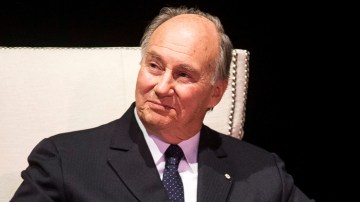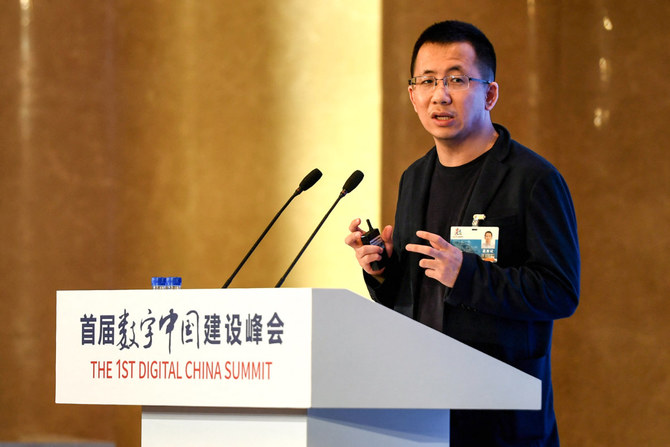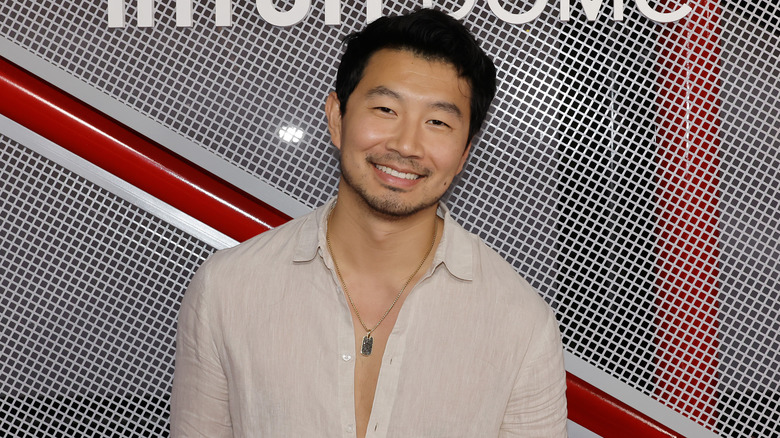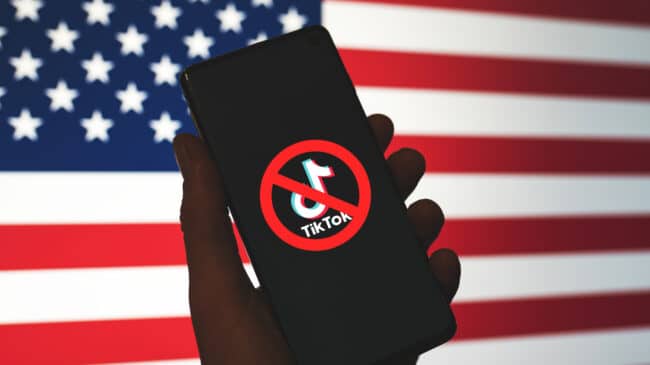When singing Auld Lang Syne, why do people join their hands?

When millions of people throughout the world sing “Auld Lang Syne” on New Year’s Eve, they join hands.
According to a new study from the University of Edinburgh, the origins of the Hogmanay custom can be traced back to freemasonry.
Many Masonic lodges had a parting ritual of singing with arms crossed and hands linked.
Dr Morag Grant, a musicologist, identified the link in the Mitchell Library’s records.
According to a newspaper report from an Ayrshire lodge’s Burns Supper in 1879, Auld Lang Syne was sung while members formed the circle of unity, a Masonic ritual also known as the chain of union.
According to Dr Grant, the practice of singing the song with crossed hands during times of parting began among Freemasons and other fraternal organisations in the mid-nineteenth century.
Robert Burns was a member of the Freemasons. During the poet’s lifetime and after his death, the organisation was essential in publicising his work.
Fragments of older folk tunes prompted him to write Auld Lang Syne. He wrote the lyrics in 1788, but it wasn’t until after his death that the tune was included in the song.
The vocalist extends a hand of friendship to an old friend in the final stanza and begs for one in return.
Hands are traditionally crossed and offered to people on either side of the circle of singers at this moment.
The song had already made its way to Japan, where it was performed at graduation ceremonies. Some shops still play Hotaru no Hikari at the end of the day.
It was one of the first songs recorded on Emil Berliner’s gramophone in 1890 after Alexander Graham Bell used it to demonstrate the telephone in 1877.
Around the same time, Scots gathered outside St. Paul’s Cathedral in London and others living abroad started singing the song on New Year’s Eve.
The Scouts were also instrumental in the organization’s worldwide recognition.
By 1929, the New Year’s Eve ritual had become so well-known around the world that a phrase from the song was put on the electronic ticker at Times Square celebrations in New York.






